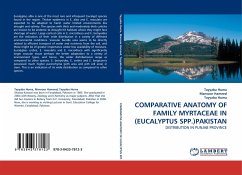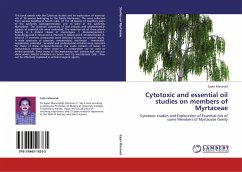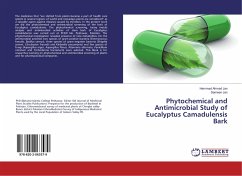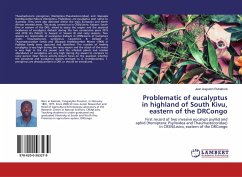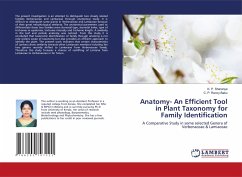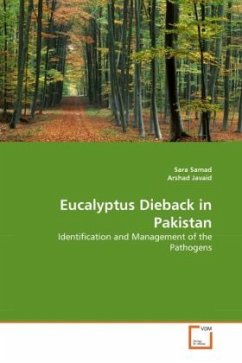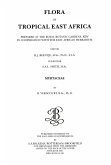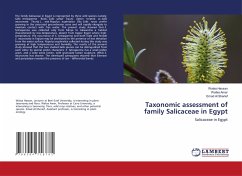Eucalyptus alba is one of the most rare and infrequent Eucalypt species found in the region. Thicker epidermis in E. alba and E. maculata are expected to be adapted to harsh water limited environments like drought and salinity. The species with thick and moderately thick cuticles are known to be endemic to drought hit habitats where they might face shortage of water. Large cortical cells in E. microtheca and E. botryoides are the indication of their wide distribution in a variety of different environmental conditions. Vascular bundle area seems to be directly related to efficient transport of water and nutrients from the soil, and these might be of greater importance under low availability of moisture. Eucalyptus crebra, E. maculata and E. microtheca with significantly larger vascular tissue perhaps the better adaptation to a variety of environment types, and hence, the wider distributional range as compared to other species. E. botryoides, E. crebra and E. longicornis possessed much higher parenchyma (pith area and pith cell area) in stem. This is an indication of its wide distribution as compared to other species.
Bitte wählen Sie Ihr Anliegen aus.
Rechnungen
Retourenschein anfordern
Bestellstatus
Storno

